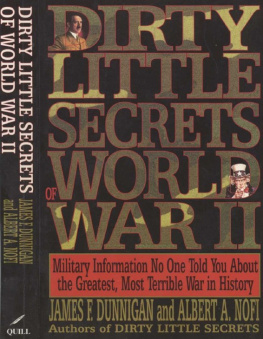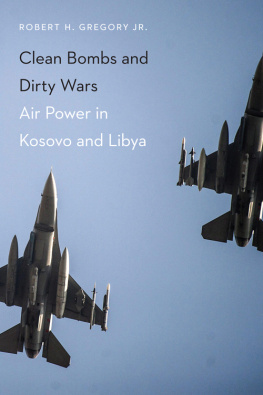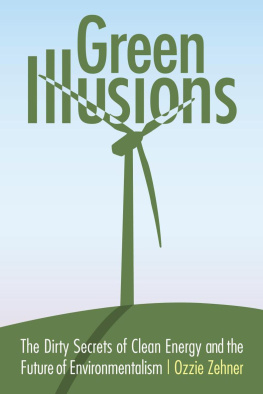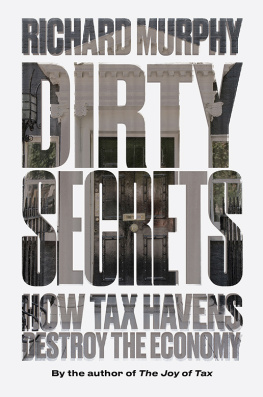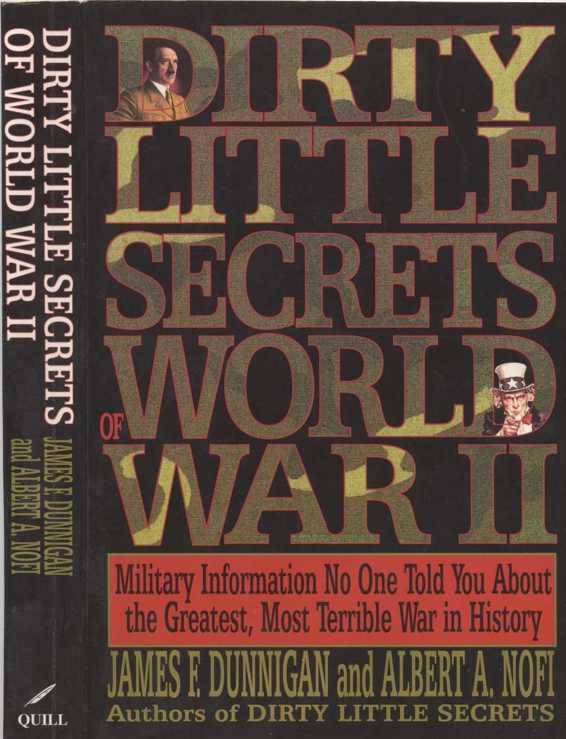. The Road to War 1
. The World at War 48
. The European War, 1939-1941 130
. The Eastern Front, 1941-1945 155
. The War in the West, 1941-1945 183
. The Pacific War, 1941-1945 276
. War in the Shadows 345
. Making Peace 366 DIRTY LITTLE WORLD WAR II TIME LINE RECOMMENDED READING INDEX
INTRODUCTIO N
This is not a history of World War II , but revelations about many of the lesser-known details. Because it is a book of facts, you don't read it from beginning to end, but rather you jump in wherever it strikes your fancy. There are over three hundred separate items, each a complete
story in itself.
As a rule, much of the information found in one section of the book will usually also be applicable to the others as well. After all, although aircraft carriers are inseparably associated with the Pacific war, they also performed yeoman service in the Atlantic and Mediterranean, while the problems of troop transport transcended theater.
After reading this book, you'll never look at World War II the same way again. We have not changed the story of that conflict; we are providing information about it that is not generally known. We often look at the same subject from several different angles, giving you a better appreciation of, for example, how a blitzkrieg was conducted, what it took to supply partisans, and why the U.S. Army had more ships than the U.S. Navy.
World War II was the most enormous human drama in history. No
one volume could ever really come close to examining all of the
unusual, and often important, aspects of this, history's greatest war. So
much has had to be left out, from the drama of Dunkirk to the U.S.
Navy's coal-burning, paddle-wheel aircraft carriers on the Great Lakes;
from the Marine Corps's Navaho communications specialists to the
INTRODUCTIO N
Japanese Navy's "American" pilots; not to mention the improbable adventures of FDR's son, the extraordinary antiarmor tactics of the Finns, and the secret missions of Harry Hopkins. Also left out are many interesting items from the "secondary" theaters such as China, Burma, Finland, and the Middle East. Moreover, the end of the Cold War has thrown open the Soviet World War II archives. Much fascinating material is coming out. We were shown a volume (in Russian) of some of the newly revealed material already being published in Russia and realized that we could have added several dozen pages of previously
unknown goodies for this book from that one Russian volume alone. Well, if we sell enough copies of this book, there may be more. We certainly have enough to fill several more volumes.
This book undoubtedly displays an "American" bias. This is natural, given the audience. Without much difficulty the authors could produce a book of similar length with a "British" or "German" or "Chinese" bias which, while being somewhat repetitive, would still manage to include a lot of unusual and interesting material. World War II was the most enormous human drama in history, and there is far
more to be told about it than can possibly be included between the covers of a single book.
THE ROA D TO WA R
World War II didn't begin in a vacuum. The clouds were forming throughout the 1930s and the scene was set in a complex movement of political, social, and economic forces.
BE AFRAID, BE VERY AFRAID
From 1935 onward, the world had to endure one nerve-racking crisis after another as Italy, Germany, and Japan flexed their muscles in East Africa, central Europe, and East Asia. Then, during the first week of September 1939, when Germany invaded Poland, World War II was under way, as most of the major powers set their armies and navies in motion. America, however, the greatest industrial power on the planet, proclaimed neutrality and showed no enthusiasm for getting involved. This would eventually change, and not solely because of the Japanese attack on Pearl Harbor.
Here is a list of the chief heart-stopping events you would have read about in the newspapers, seen in the newsreels (anyone remember newsreels?), or heard on the radio from 1935 onward. Read it and you will understand how the whole mess called World War II began. In 1 935, for Americans World War I was still a recent memory and the Great Depression gave most of them more immediate problems to deal with than war in Europe and Asia. Yet, throughout the world, you
could see that something else was happening. And that something else was not good. Most of these prewar events have faded into the murky background of history. But the war did not begin for no reason. There were plenty of reasons, and plenty of signs that it was coming. (And these signs still reappear, indicating to those in the know that another world war is possible.)

